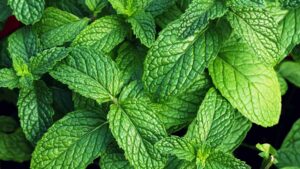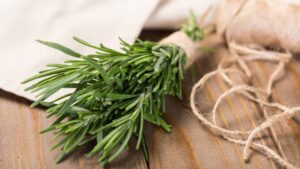Table Of Content
ToggleAs a pest control expert, I’m here to delve into the fascinating world of plants that repel termites. While professional termite control is crucial for an active infestation, these botanical warriors can be a great addition to your natural pest control strategy.
Even in today’s modern world, natural pest control methods are gaining traction. They’re often safer for children and pets, eco-friendly, and sometimes even smell good!
Termites, those cellulose-loving creatures, can wreak havoc on your home. But certain plants fight back with unique characteristics:
Certain plants can be the best treatment for termites at home.
Now, let’s explore some of the most effective plants that repel termites.


Contact us for immediate termite inspection and solutions.



Schedule a termite assessment with our experts today.


Here are some key practices for keeping your plants the repel termites healthy and thriving:
Get reliable termite control now.
While repelling termites is important, attracting their natural enemies can be a powerful strategy as well. Here are some plants that create a welcome habitat for termite predators like ladybugs, praying mantises, and centipedes:

Creating a termite-resistant landscape goes beyond just planting termite-repellent plants. Here are some design strategies to further enhance your home’s defense against termites:
Reach out for experienced termite management.
While plants are a great addition to your termite control strategy, here are some other natural methods you can employ:

As a pest control expert, I advocate for a multi-pronged approach. While these plants can’t replace professional termite control for an active infestation, they’re a fantastic addition to your natural pest control strategy. Embrace the eco-friendly approach and create a beautiful, fragrant barrier against termites with these powerful plants! Remember, a healthy garden with diverse plant life can contribute to a termite-free environment.
Final Tip: Combine these plants with other natural methods like maintaining a moisture barrier around your foundation to create a holistic termite defense system for your home.
Yes, there are several plants that termites are known to dislike due to their natural properties. These plants often contain compounds or scents that repel termites, making them effective in deterring termite infestations.
Termites particularly dislike plants with strong aromas, such as citronella, mint, lavender, and rosemary. These plants emit scents that are unpleasant to termites, making them avoid areas where these plants are present.
While termites are generally deterred by certain plants, they are attracted to moisture and decaying wood rather than specific plants. However, excessive moisture near plants can create favorable conditions for termites to thrive.
Plants that repel termites and have dense, sturdy root systems, such as certain types of grasses and ground covers like clover, can help prevent termites by creating an inhospitable environment for them and reducing moisture in the soil.
Your trusted pest control experts in Southern California. Keeping your neighborhood pest-free!